Friendship Baby Blankets & Fixing Weaving Errors
/I finished this project a couple of weeks ago but haven't had time to share it. My friend, Irene of Cotton Clouds, is involved with The Natural Dye Project sponsored by Mayan Hands. She asked me to create a baby blanket out of the Friendship Towel Kit that she is selling to support the Guatemalan women in this project.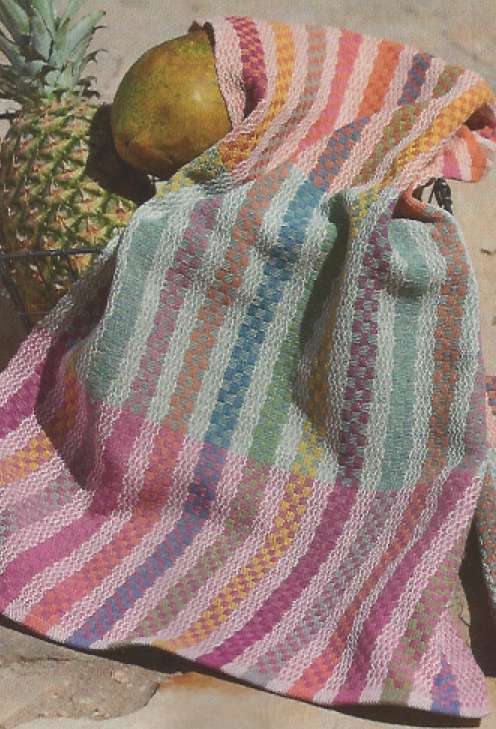 The towel kit makes 4 towels using naturally dyed 8/2 cotton.
The towel kit makes 4 towels using naturally dyed 8/2 cotton.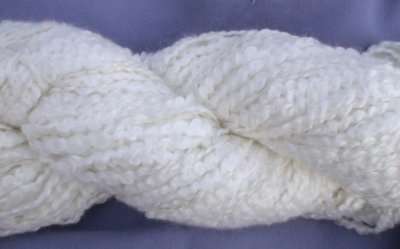 I added Monte Cristo cotton boucle to the kit and came up with...
I added Monte Cristo cotton boucle to the kit and came up with...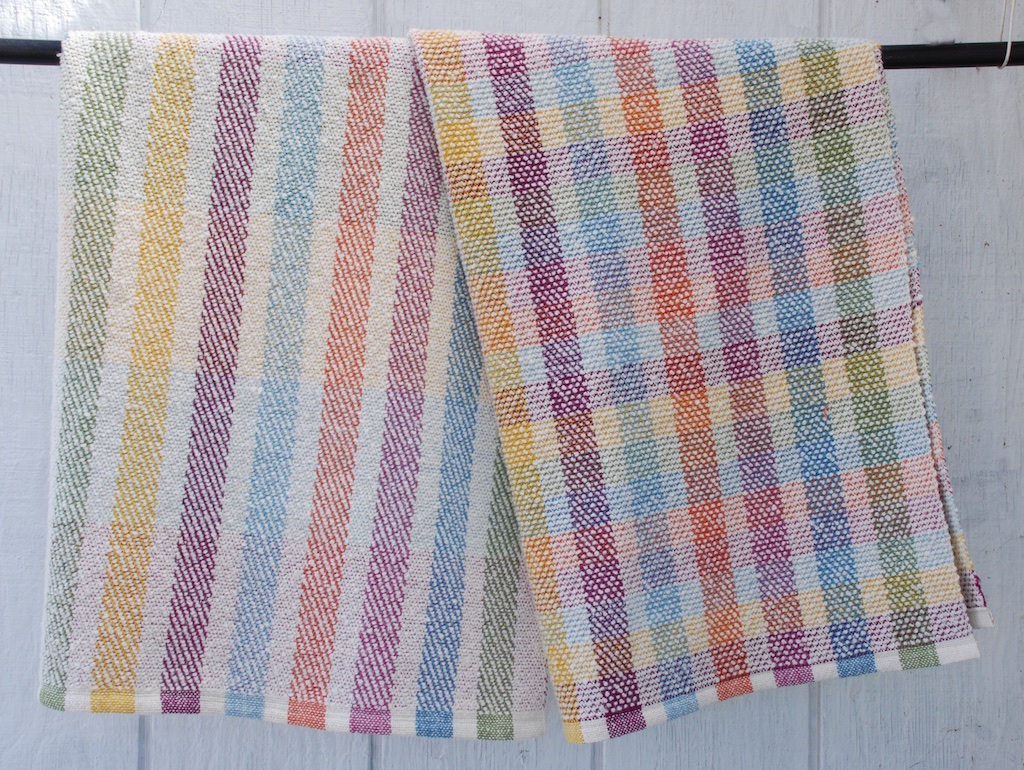 ...two baby blankets, each using Monte Cristo and 8/2 cotton in the weft but using different patterns. It is easy weaving but things don't always go smoothly.
...two baby blankets, each using Monte Cristo and 8/2 cotton in the weft but using different patterns. It is easy weaving but things don't always go smoothly. 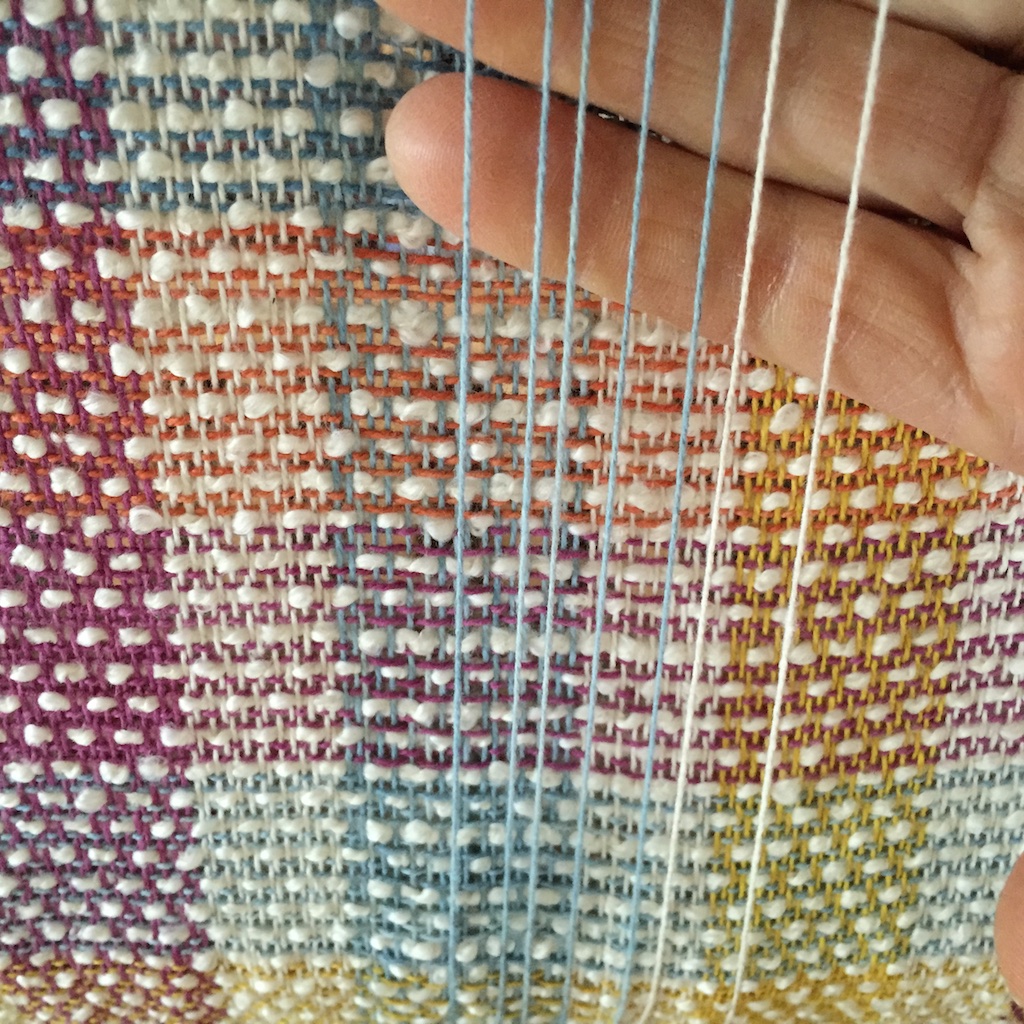 I happened to look at the first blanket winding its way onto the cloth beam just before starting the second blanket and saw 7 warp threads that should have been woven into the blanket.
I happened to look at the first blanket winding its way onto the cloth beam just before starting the second blanket and saw 7 warp threads that should have been woven into the blanket.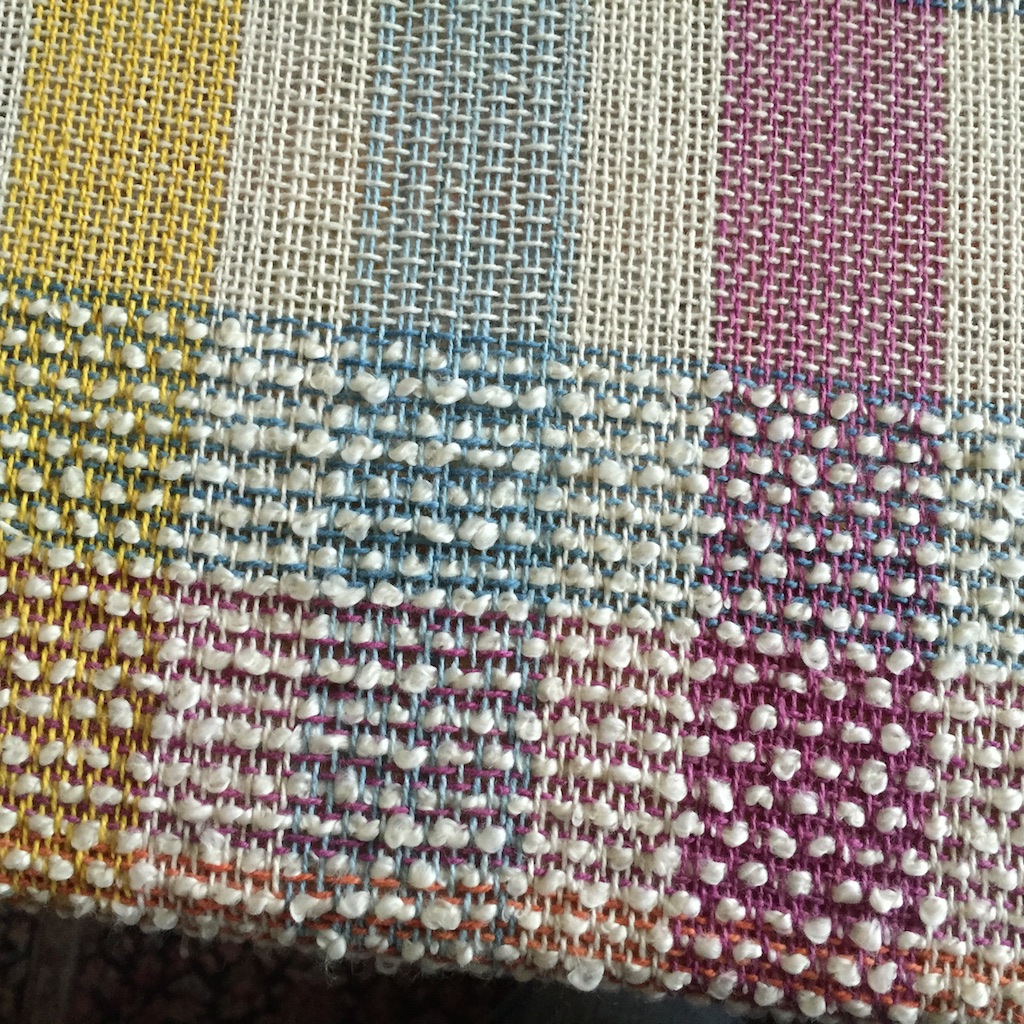 Because of the texture of the boucle yarn I hadn't noticed the error while weaving. Now I can see it but it wasn't obvious when I wasn't looking for it.
Because of the texture of the boucle yarn I hadn't noticed the error while weaving. Now I can see it but it wasn't obvious when I wasn't looking for it. 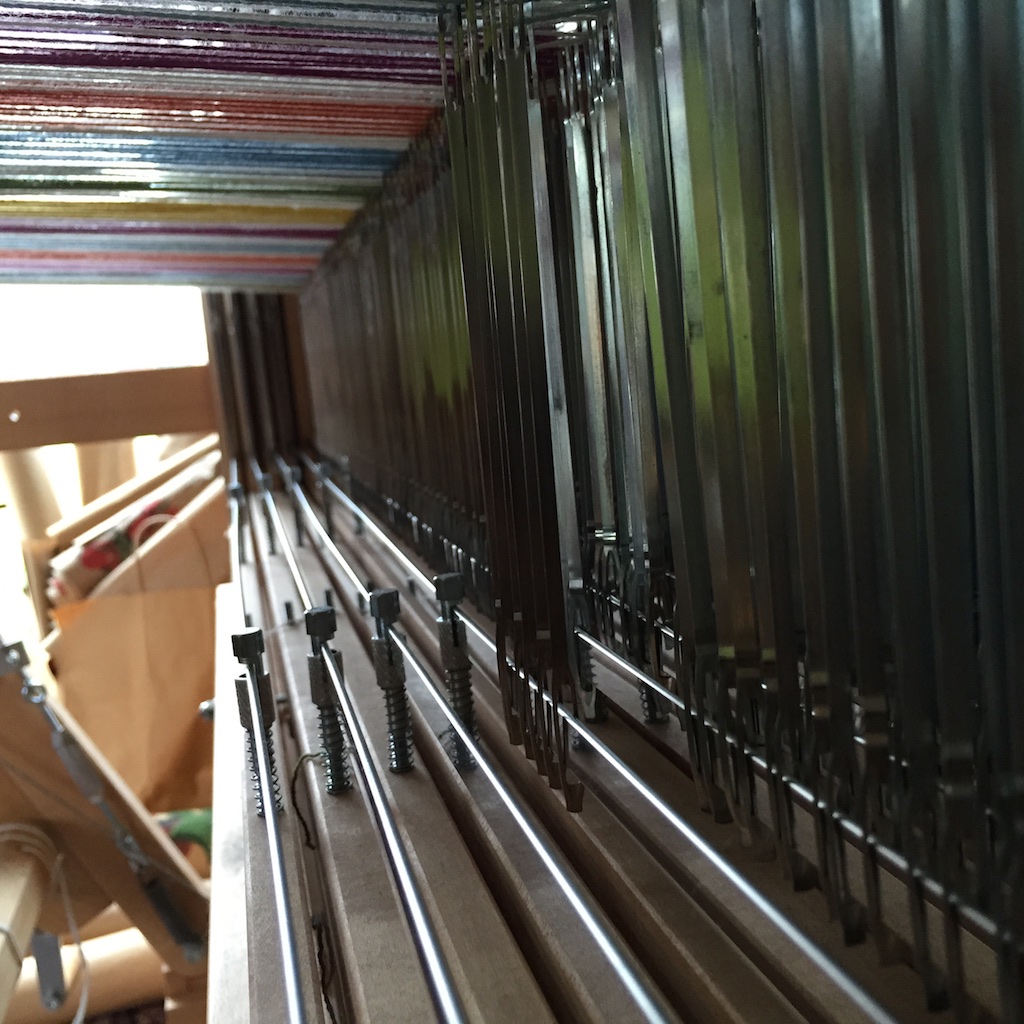 Here is the problem. When threading the heddles I inadvertently used 7 heddles from the Shaft #5 when I should have used Shaft #4. This is a 4-shaft structure so #5 didn't lift at all. It is an easy fix for the second blanket. Just tie Shaft # 5 up to each treadle in which Shaft #4 is engaged.
Here is the problem. When threading the heddles I inadvertently used 7 heddles from the Shaft #5 when I should have used Shaft #4. This is a 4-shaft structure so #5 didn't lift at all. It is an easy fix for the second blanket. Just tie Shaft # 5 up to each treadle in which Shaft #4 is engaged. 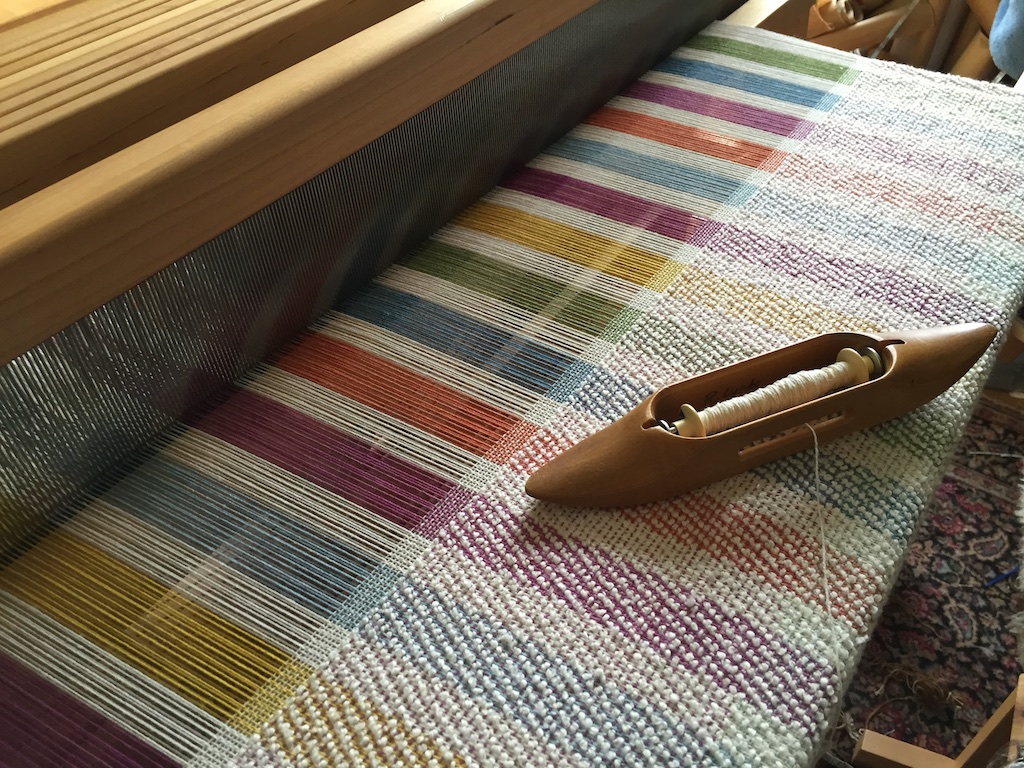 That works.
That works.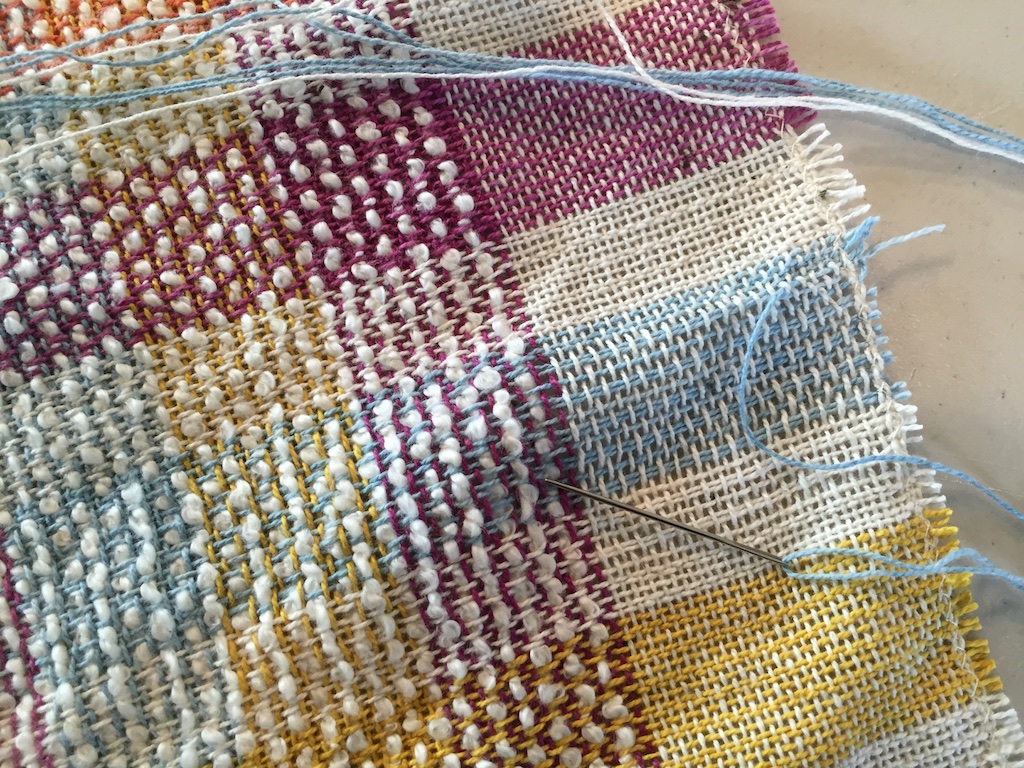 However, the only way to fix Blanket #1 was to needle weave all 7 threads in after it was off the loom. That should be easy (over-under-over;over-under-under), but it took hours because of the nature of the boucle yarn. Thank goodness it was only 7 threads.
After weaving the blankets aren't done yet. Wet finishing is an important step of weaving. It allows the yarns to "bloom" and fills in the spaces that are there when the yarns are under tension. It turns a bunch of interlocked threads into cloth.
However, the only way to fix Blanket #1 was to needle weave all 7 threads in after it was off the loom. That should be easy (over-under-over;over-under-under), but it took hours because of the nature of the boucle yarn. Thank goodness it was only 7 threads.
After weaving the blankets aren't done yet. Wet finishing is an important step of weaving. It allows the yarns to "bloom" and fills in the spaces that are there when the yarns are under tension. It turns a bunch of interlocked threads into cloth.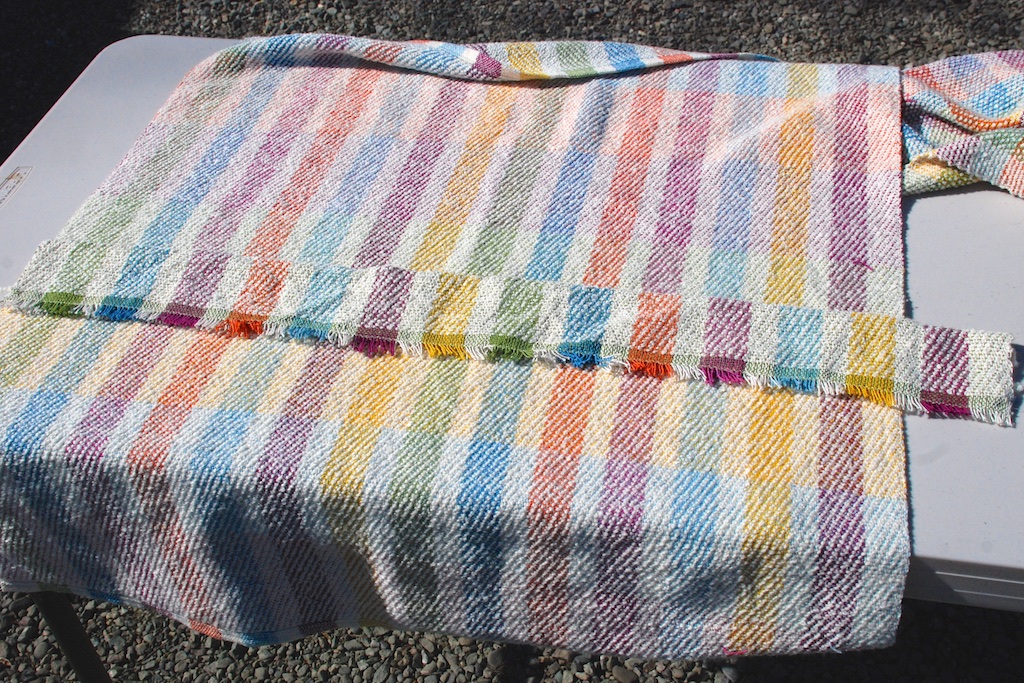 It also results in shrinkage. See the difference in width in the strip that has not been washed and the finished blanket.
It also results in shrinkage. See the difference in width in the strip that has not been washed and the finished blanket.
The final step is a photo session. 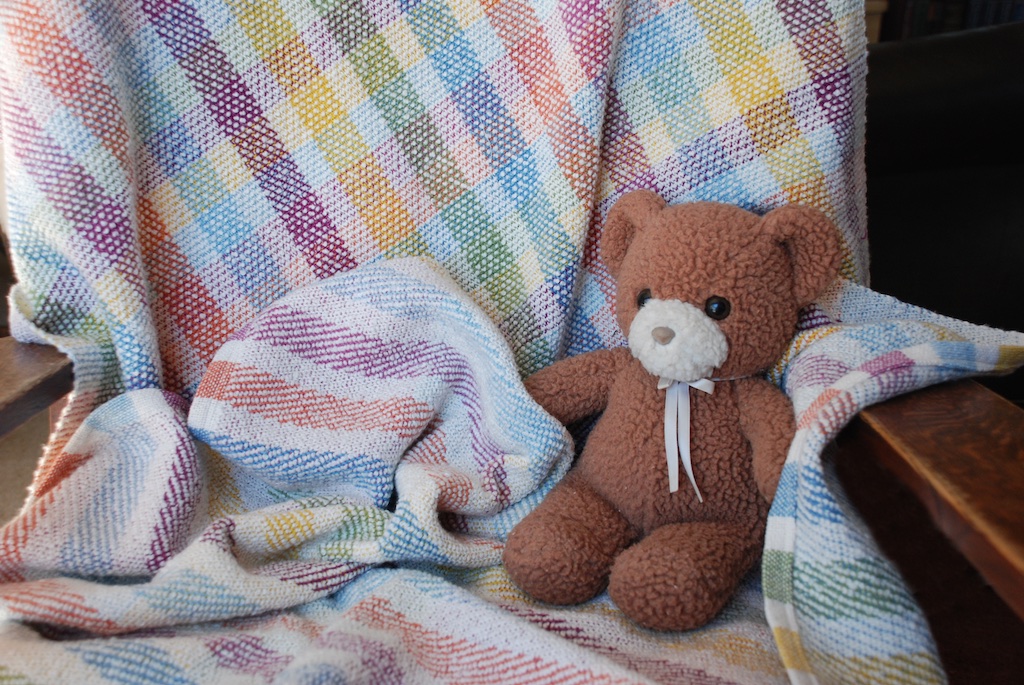 No baby was available so I used one of my kids' teddy bears.
No baby was available so I used one of my kids' teddy bears.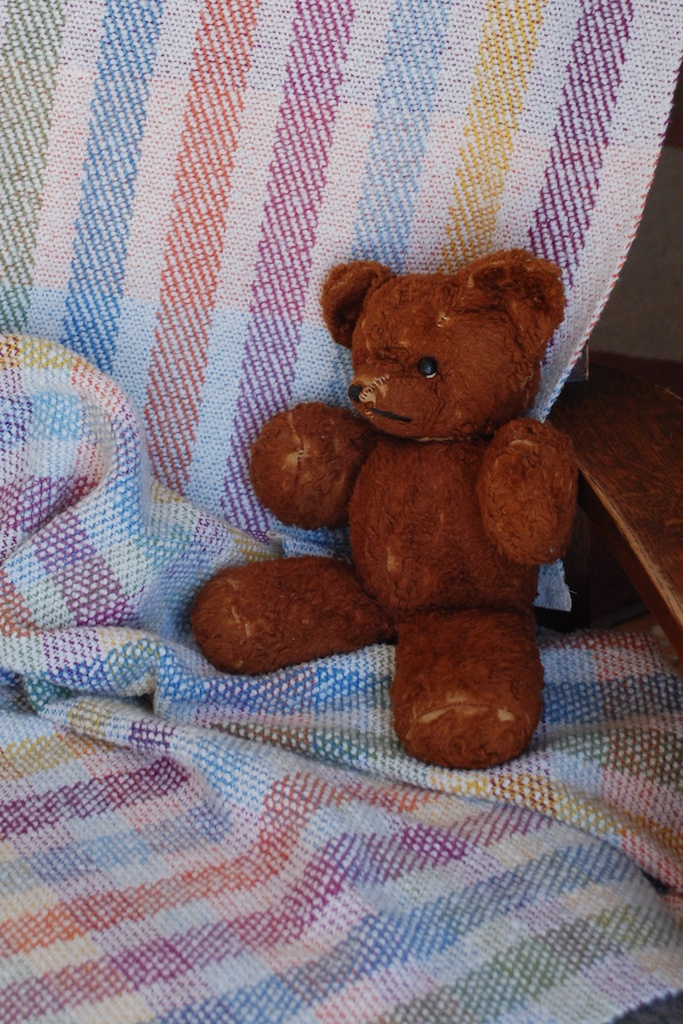 My old teddy bear (I won't tell you how old) featured in some of the shots too.
My old teddy bear (I won't tell you how old) featured in some of the shots too.
You can purchase this kit from Cotton Clouds at this link.

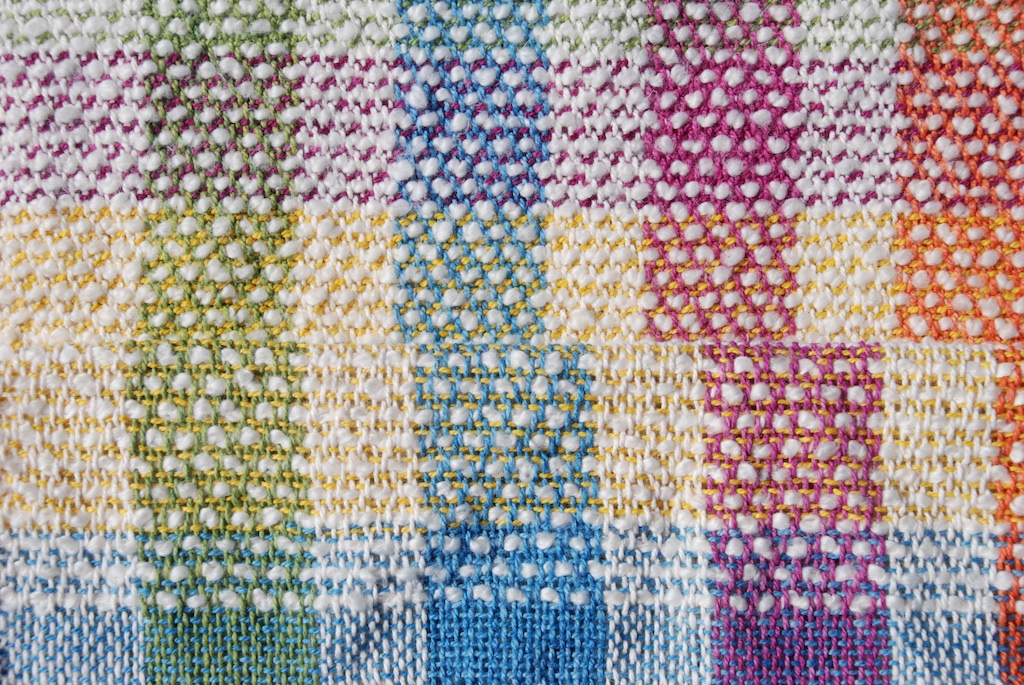
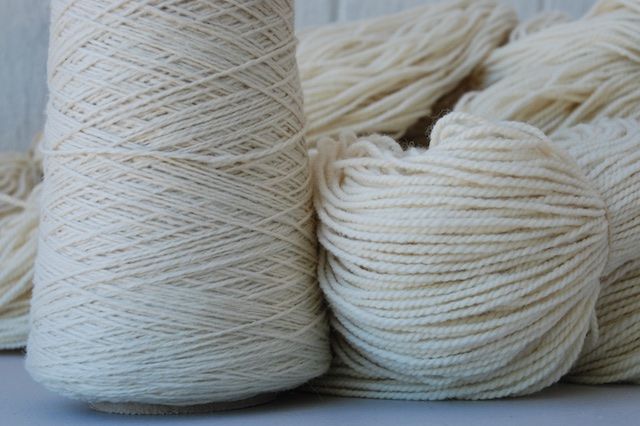
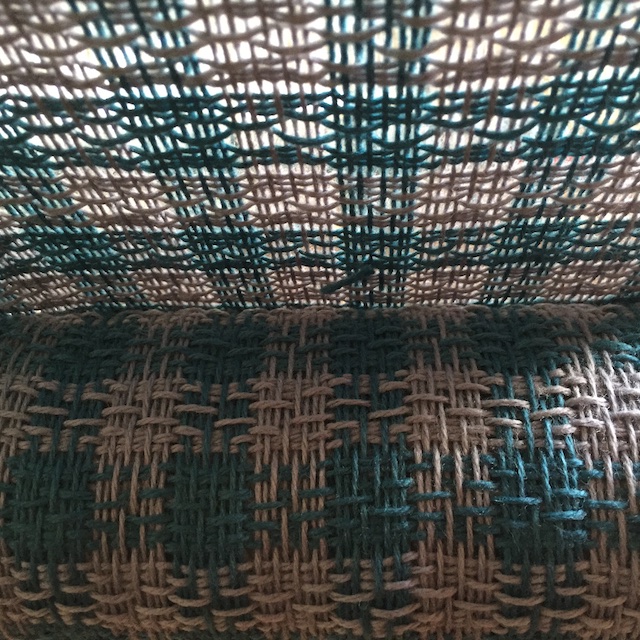
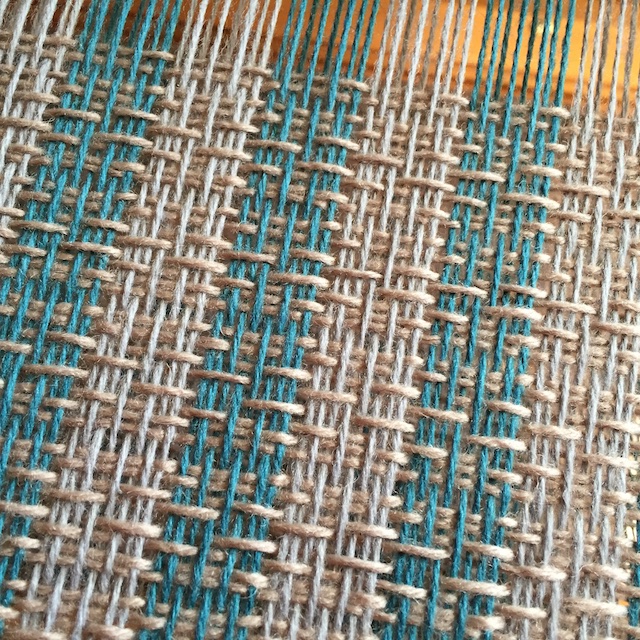
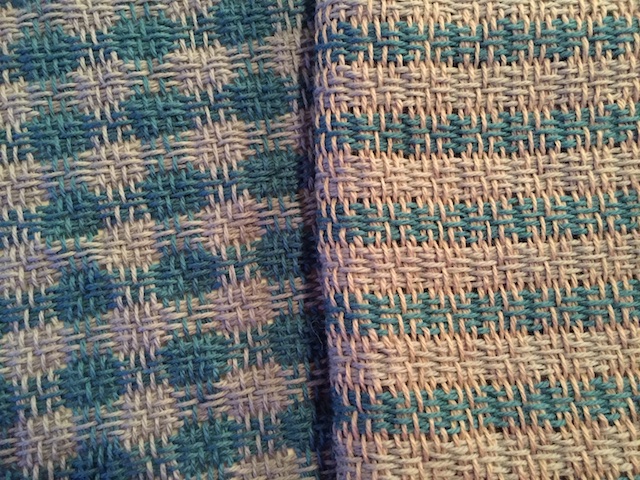
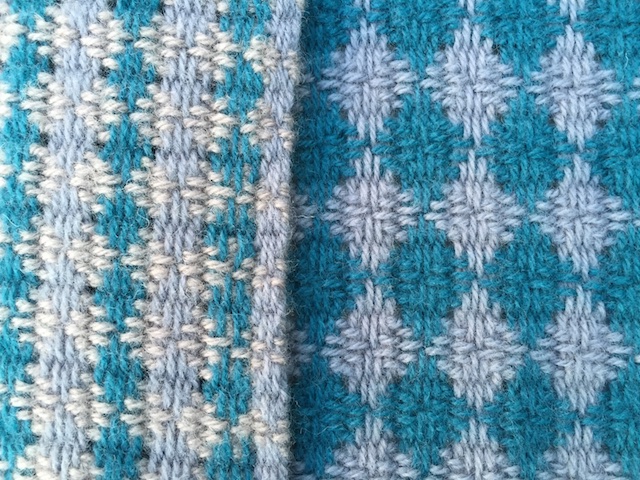
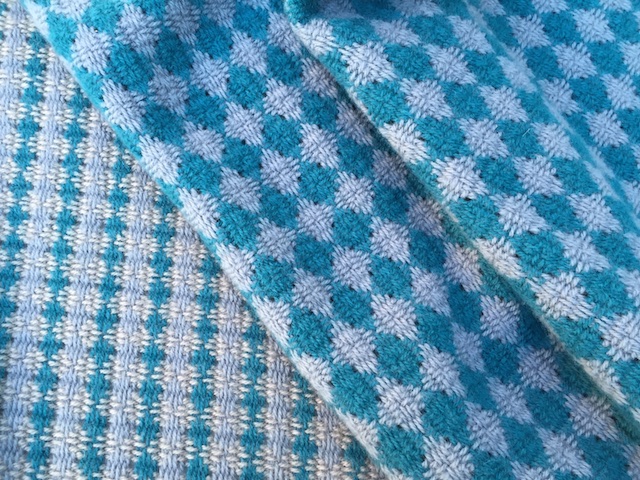
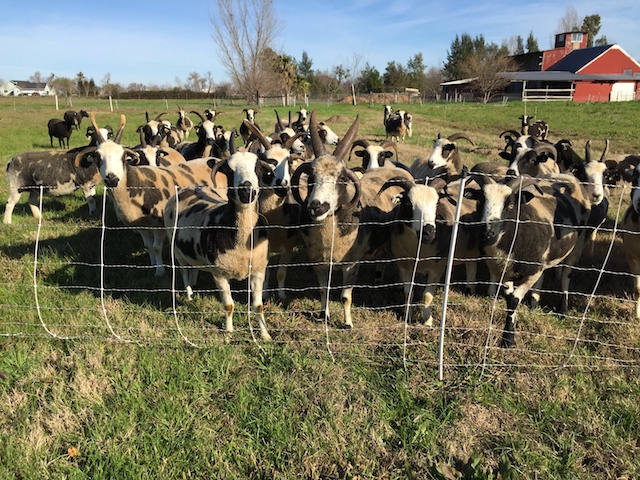
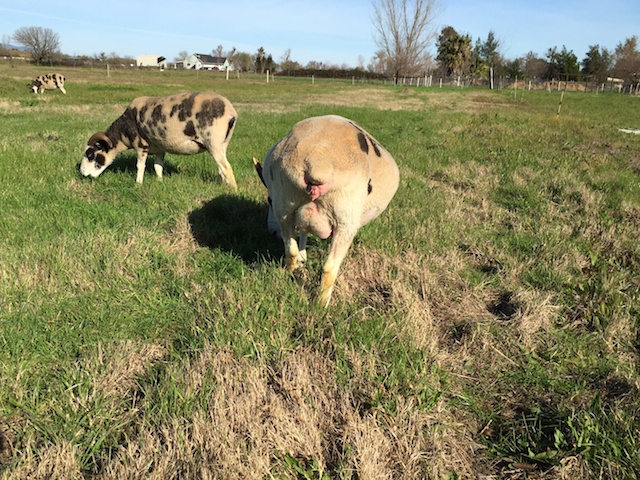
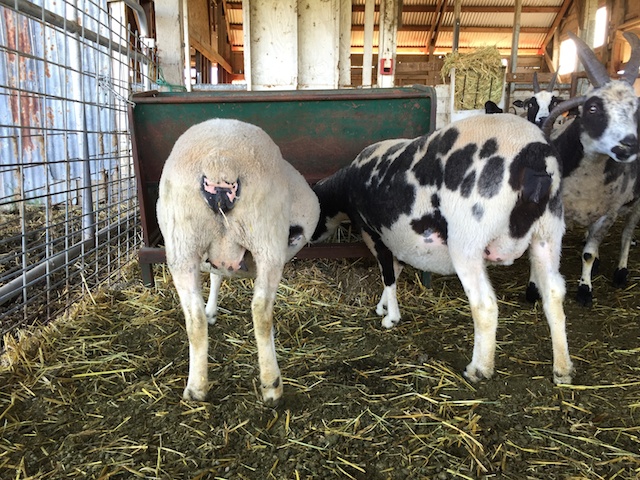
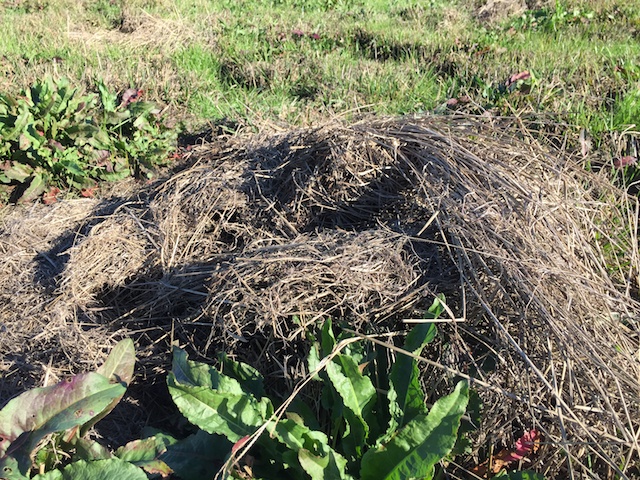
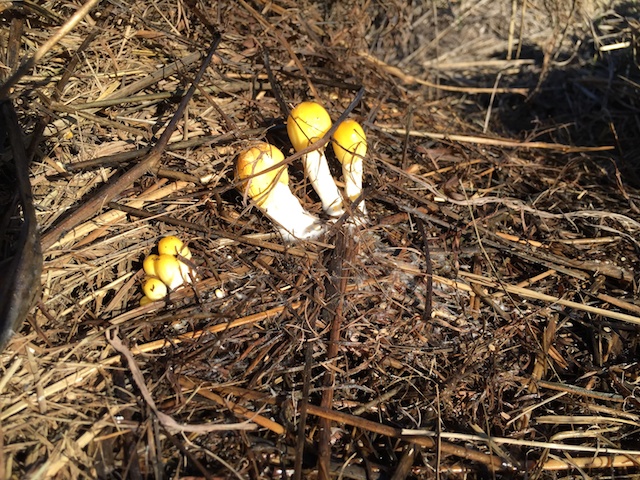 This was growing inside that pile.
This was growing inside that pile.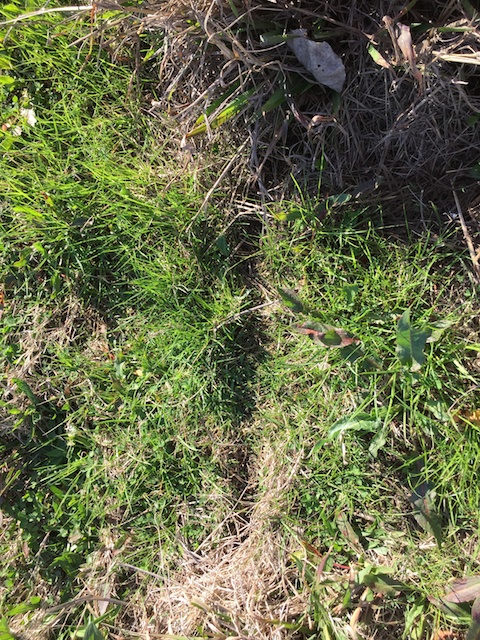
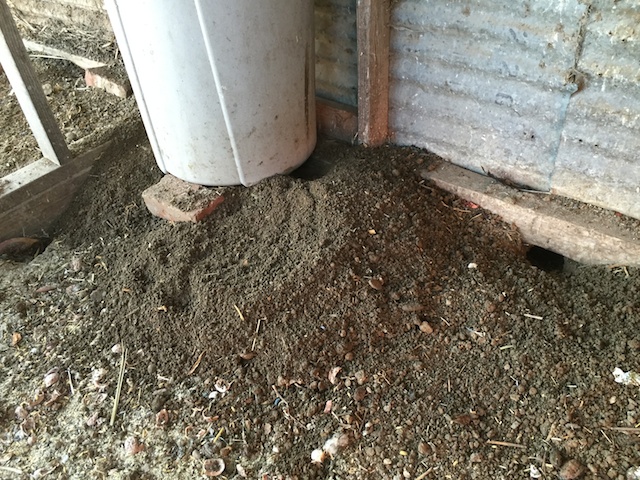
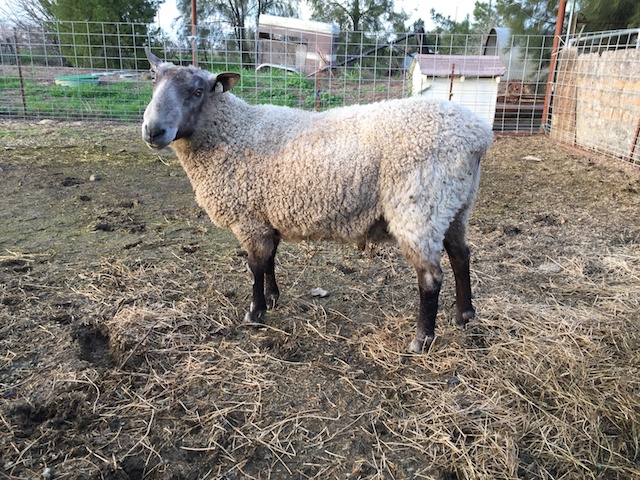
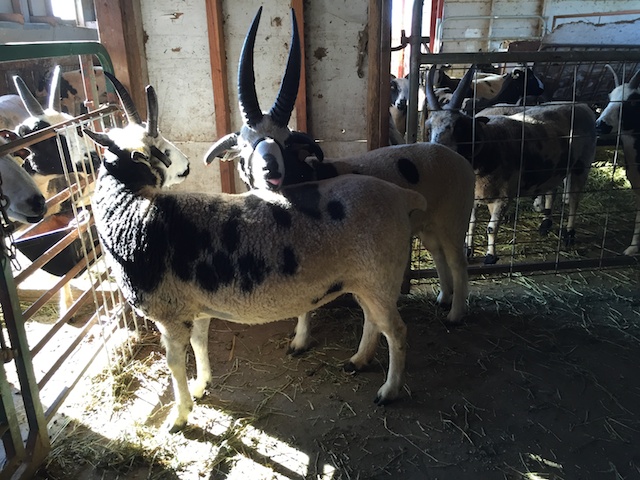 Even if the rams don't get to go to the city, some of them are having fun. It's time to breed my ewes that will lamb at the State Fair. This is Foley and Isadora yesterday. Today it was Crosby and Clover.
Even if the rams don't get to go to the city, some of them are having fun. It's time to breed my ewes that will lamb at the State Fair. This is Foley and Isadora yesterday. Today it was Crosby and Clover. 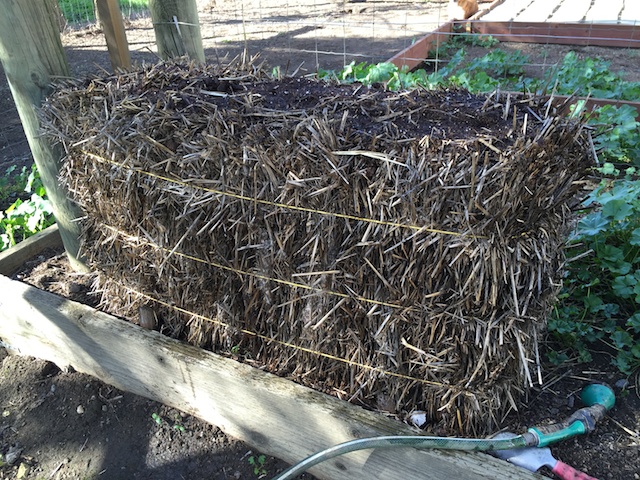
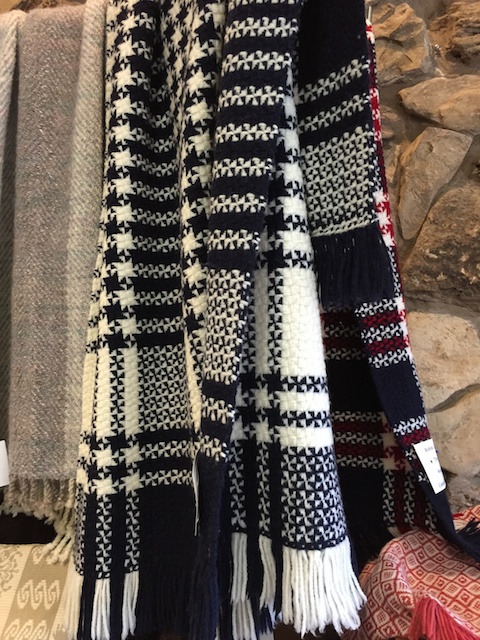

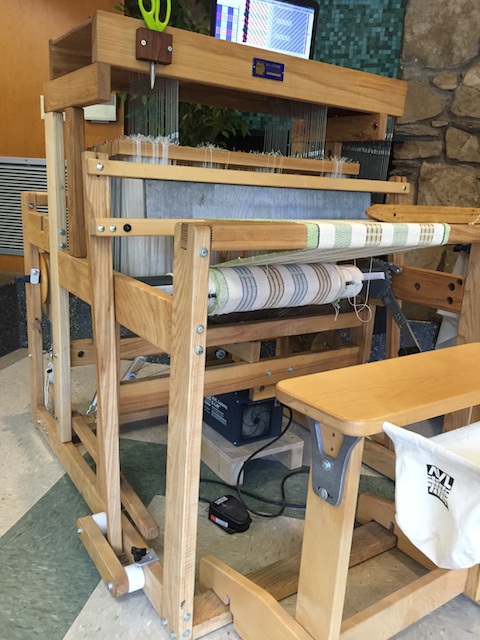
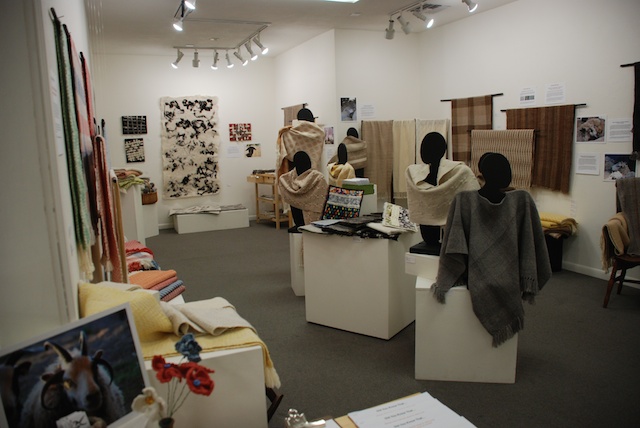 into the corner at the end of the room. I didn't finish until the next day.
into the corner at the end of the room. I didn't finish until the next day.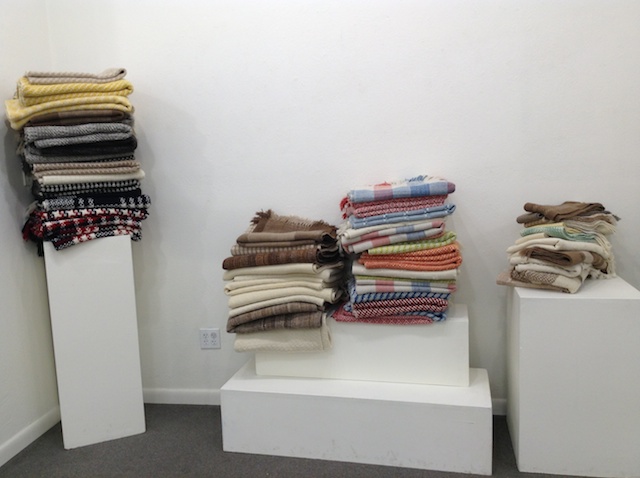 This is some of the blankets all tagged and ready to show again.
I was able to keep a lot of pieces there. I hope a lot sell because in January it will be someone else's turn for a show in the gallery and my things will go back out to a smaller space in the main part of the store.
This is some of the blankets all tagged and ready to show again.
I was able to keep a lot of pieces there. I hope a lot sell because in January it will be someone else's turn for a show in the gallery and my things will go back out to a smaller space in the main part of the store.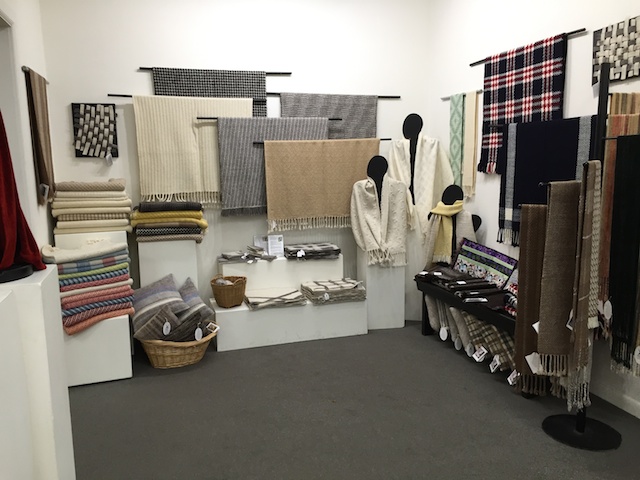
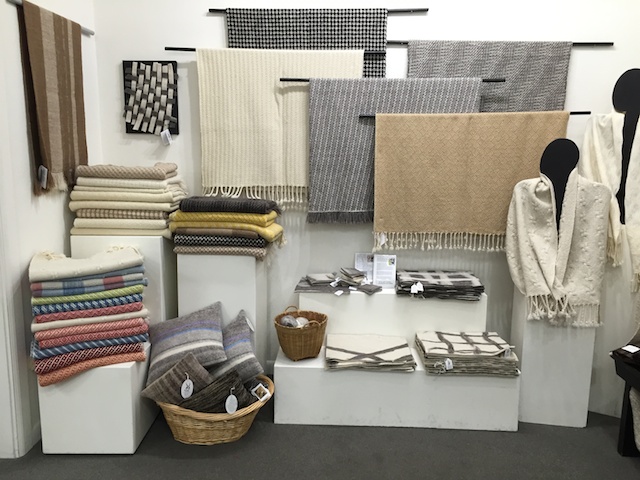
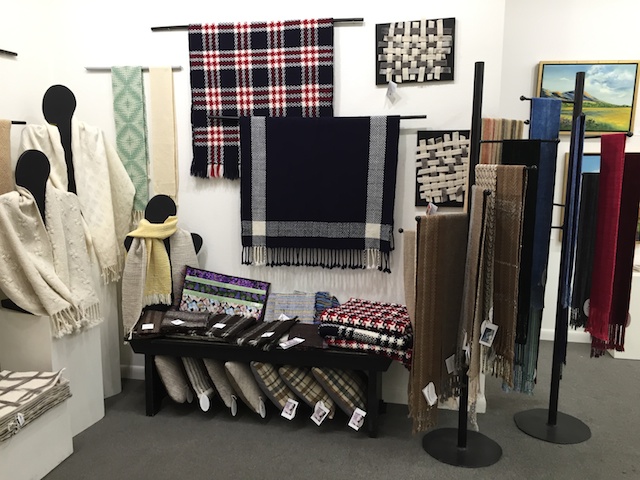
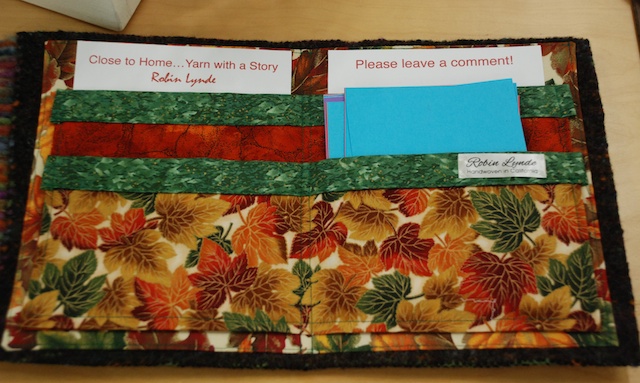
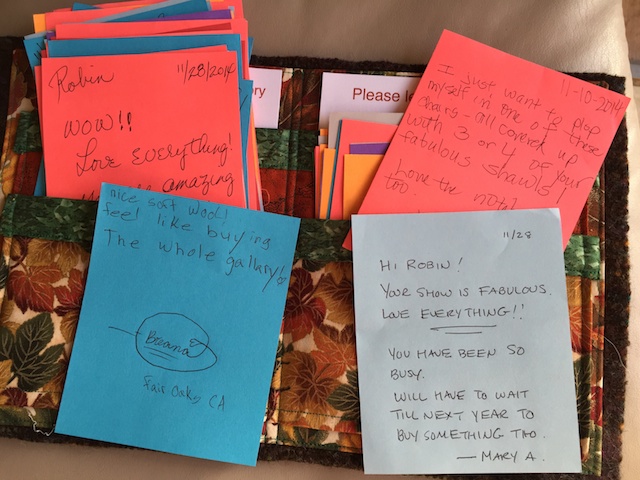





 Why felt this fabric and not use it as is or with only fulling? Felting creates a very dense stable fabric, good for a variety of projects where you don't need (or want) the fabric to drape. Also, the fibers are so entangled that you can cut this fabric without worrying about it coming apart or fraying.
Why felt this fabric and not use it as is or with only fulling? Felting creates a very dense stable fabric, good for a variety of projects where you don't need (or want) the fabric to drape. Also, the fibers are so entangled that you can cut this fabric without worrying about it coming apart or fraying. 
 Fabric left over from blankets that I wove years ago.
Fabric left over from blankets that I wove years ago.







